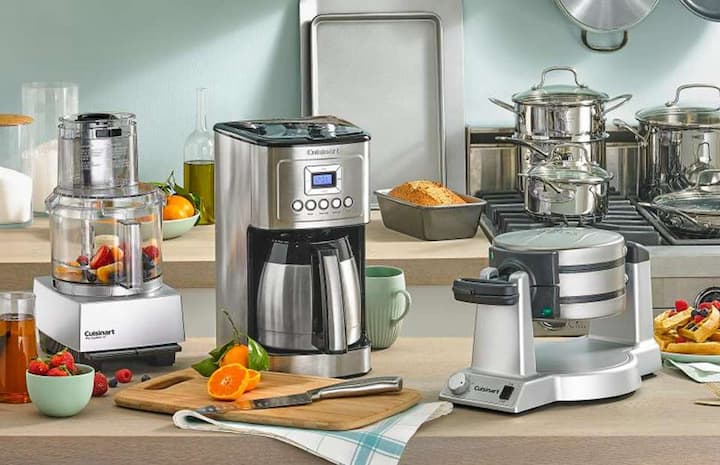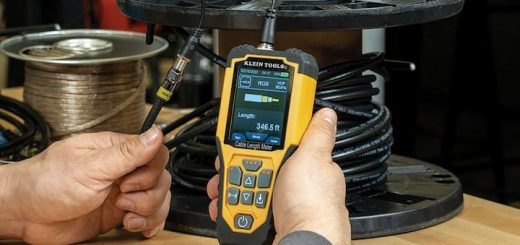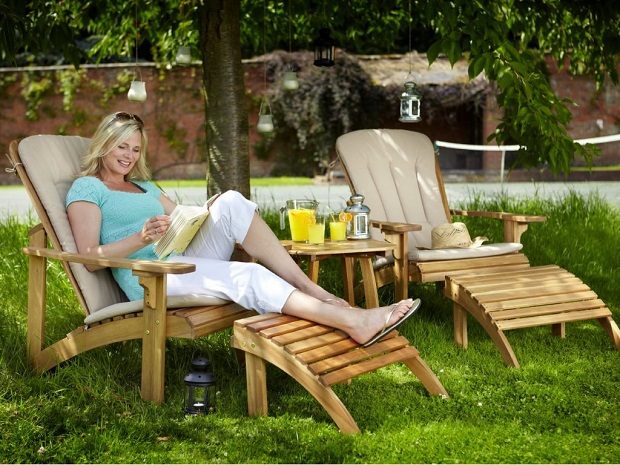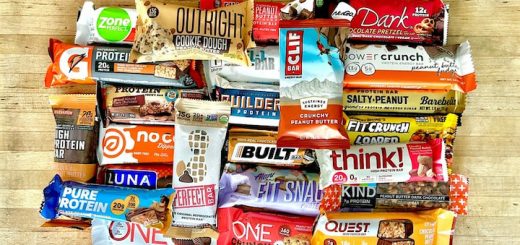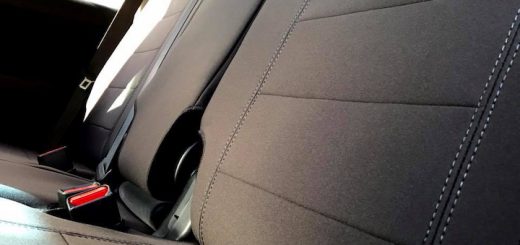Restful Night’s Sleep Under the Stars: A Complete Guide to Camping Sleeping Bags
To have a peaceful night’s sleep in the woods, you’ll need the proper gear. That begins with picking the right sleeping bag. The good news about car camping is that you don’t have to worry about weight or fitting your bag into a pack, so you can be as plush or roomy as you like.
Bag Shape and Fit
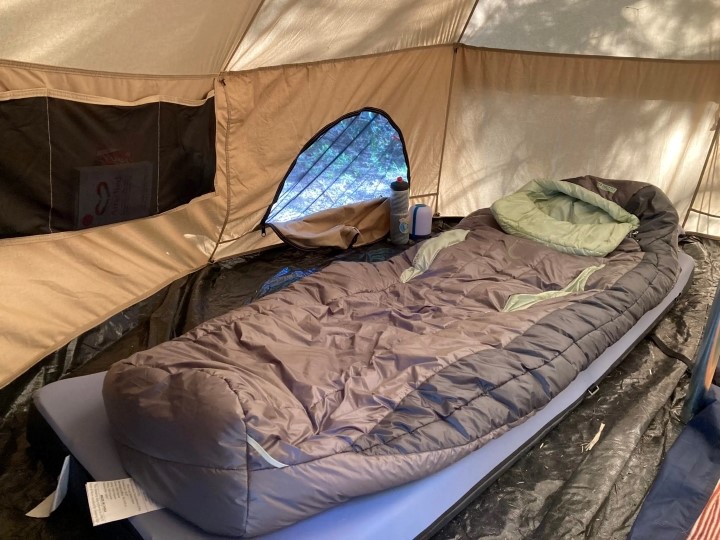
Enjoy a restful night’s sleep under the open sky with comfortable and durable sleeping bags that implement the latest technology. It can spell the difference between success and failure for any camping trip. However, when making the right buying decision, one of the most important aspects to consider is the bag’s shape and fit.
Popular mummy bags are bigger at the shoulders and narrower at the toes for the best blend of warmth, weight, and comfort. The design reduces unnecessary bulk while yet allowing the shoulders to sit flat. Expedition backpacks also have a tapering style, but they are generally bigger to fit down clothing layers inside, which is perfect for optimum warmth.
Rectangular camping sleeping bags are larger and allow for a more comfortable sleeping position, but they are less effective at keeping you warm. They’re ideal for summer festivals, car camping, and sleepovers where their bulkier size isn’t an issue, and they can often be unzipped to lie flat like a duvet.
A specially designed sleeping bag for women differs from a male one more than only by colour. Women sleep colder than men, hence women’s sleeping bags typically have more insulation in regions of increased heat loss, such as the hips and foot box. They are also shorter in length and narrower at the shoulders, which reduces superfluous bulk, weight, and heat loss.
Bag’s Anatomy
If you sleep cold or are travelling somewhere where the temperature is anticipated to decrease, a decent hood is necessary. Look for a hood that is entirely adjustable and fits snugly around the face. Hoods with several moulded baffles typically provide the finest fit.
The neck baffle is often referred to as the draft excluder or shoulder baffle. It’s essentially an additional tube of insulation sewed into the neck area that forms a heated barrier around your neck and shoulders, preventing heat from escaping and cold from entering.
Sleeping bag zippers can be full, three-quarter, or half-length. The latter save weight and need less stitching, although the former are easier to use and provide better ventilation. Two-way zips are very beneficial since they allow you to vent from both the top and bottom of your bag for more precise climate management.
A sleeping bag’s shell might be ultra-light and very compressible or heavier and more robust; the material usually corresponds to the activities for which it was created. A shell with a Durable water-repellent (DWR) treatment is beneficial in damp or humid conditions.
Often, trapezoidal or comfort foot boxes are mentioned in sleeping bag specifications. These let you rest with your feet in a natural posture, with enough space for them to point ‘up’ for added comfort (which walkers with tired feet may appreciate!).
Sleeping bag lengths will undoubtedly differ between manufacturers and types, so if you’re very tall, check for the longer options available. The right size should fit over you comfortably; if you point your toes and the hood falls off, it’s time to move to something longer.
Seasons and Temperature Ratings
Now that you’re familiar with the shape, fit and anatomy of sleeping bags it’s time to think about when and where you’re going to use it. The warmth requirements of a summer-only sleeping bag will differ significantly from those of a bag used all year.
The two ratings you should prioritise when shopping are the comfort temperature and the limit temperature. For cooler sleepers, the comfort temperature is a useful benchmark. If you sleep warmer or have more experience sleeping outside, the limited temperature should be your thing.
Regarding seasons, there is a variety of options as well. One-season sleeping bags for sale are great throughout the summer or when travelling to warmer climates. Globetrotters will appreciate their compact pack sizes.
A two-season camping sleeping bag is ideal for the late spring to early fall temperatures. As soon as the weather improves, these bags will allow you to spend the summer outside. They are suitable for temperatures ranging from early spring to late fall. They are ideal for the more committed outdoor enthusiast who gets out as soon as the worst of the winter weather passes and may stay out until the end of the year.
Four-season bags, on the other hand, are designed for winter trekking and climbing but are not suited for high-altitude mountaineering. They use high-quality components and materials to keep you warm and safe when the weather gets harsh.
Insulation Types
When it comes down to insulation, unlike, self-inflating mats, you should decide whether you want a bag that’s insulated with downfill or synthetic fill. The former is a lightweight option that performs well in cold and dry weather. It often has a water-resistant treatment to protect it in damp conditions. For easy packing, it compresses small, and it is durable enough to retain loft and warmth well over the years. The latter, on the other hand, is more affordable than the downfill and continues to isolate when damp. It dries fast and is non-allergenic.
Most brands take precautions to supervise the treatment of down-producing ducks and geese. A bag from one of these producers will be labelled RDS (Responsible Down Standard) or TDS (Global Traceable Down Standard).
